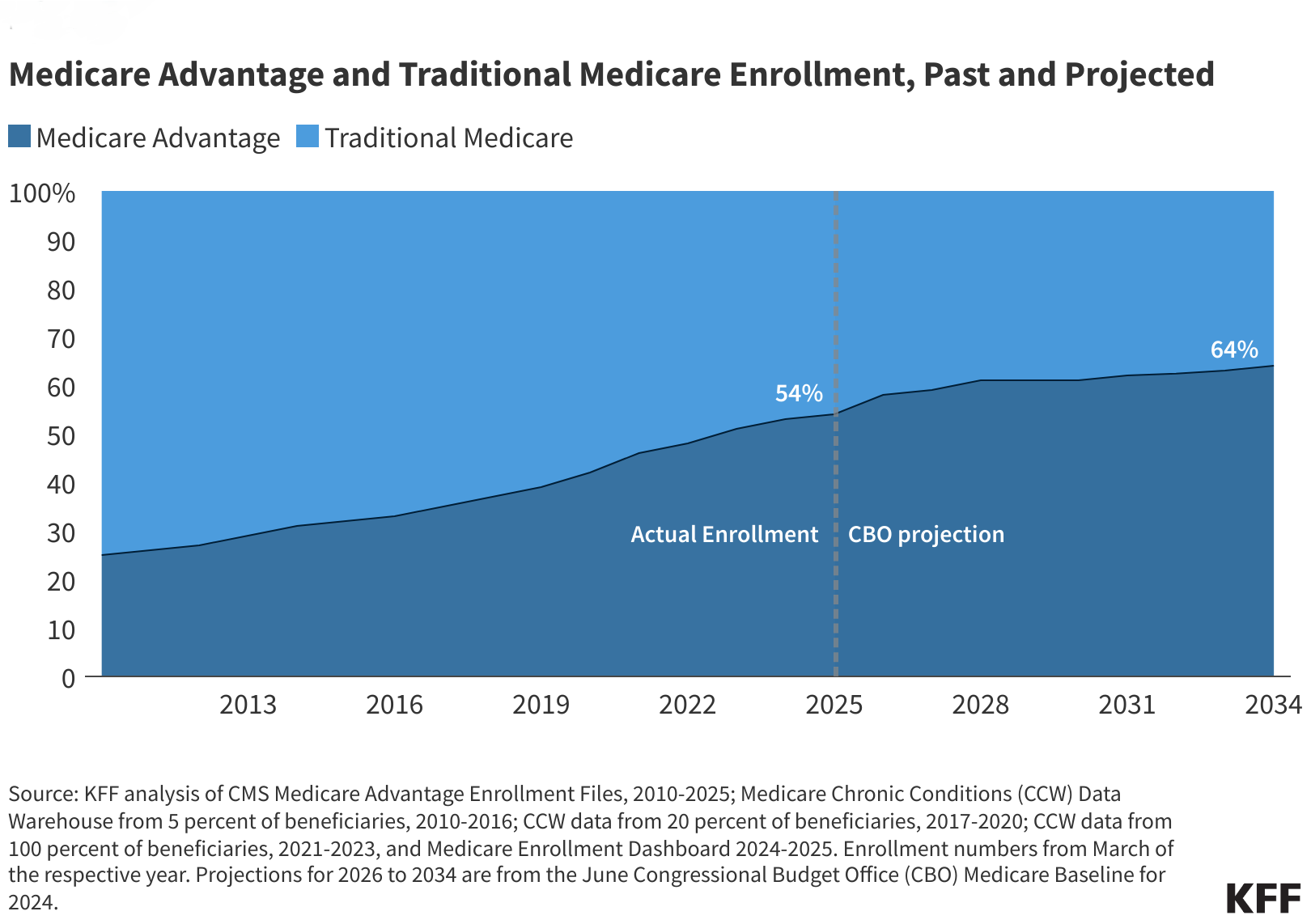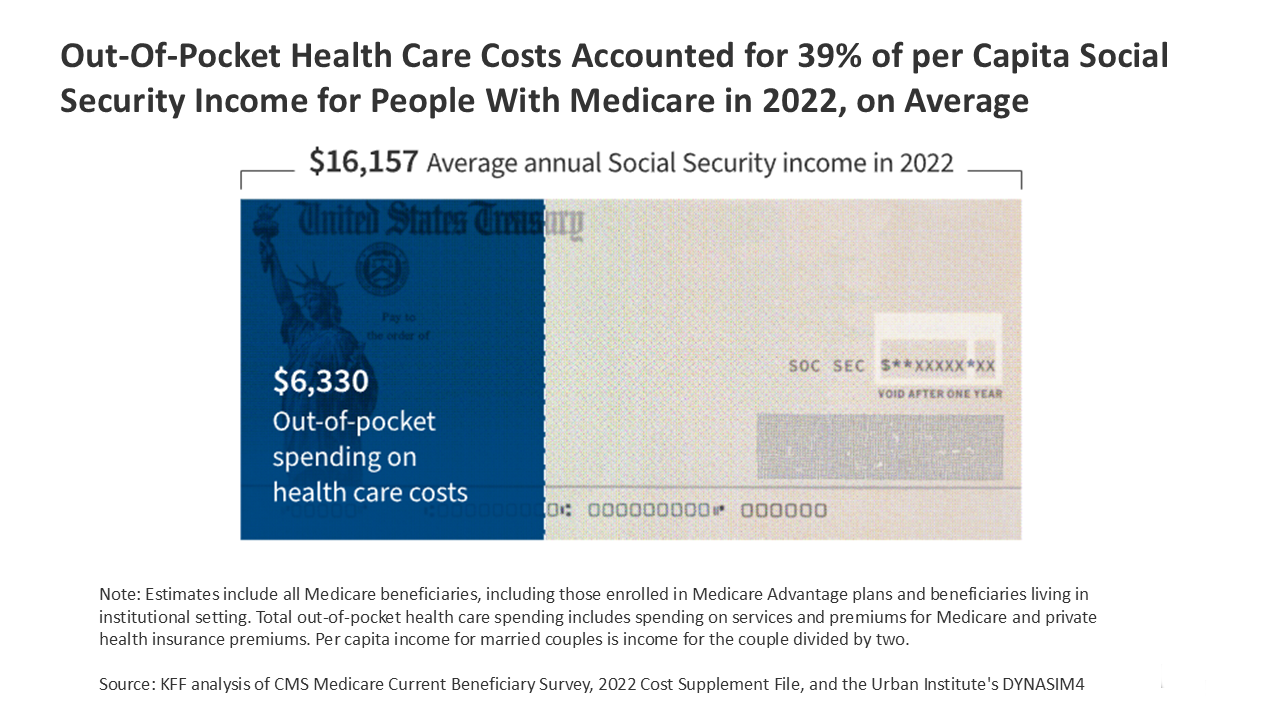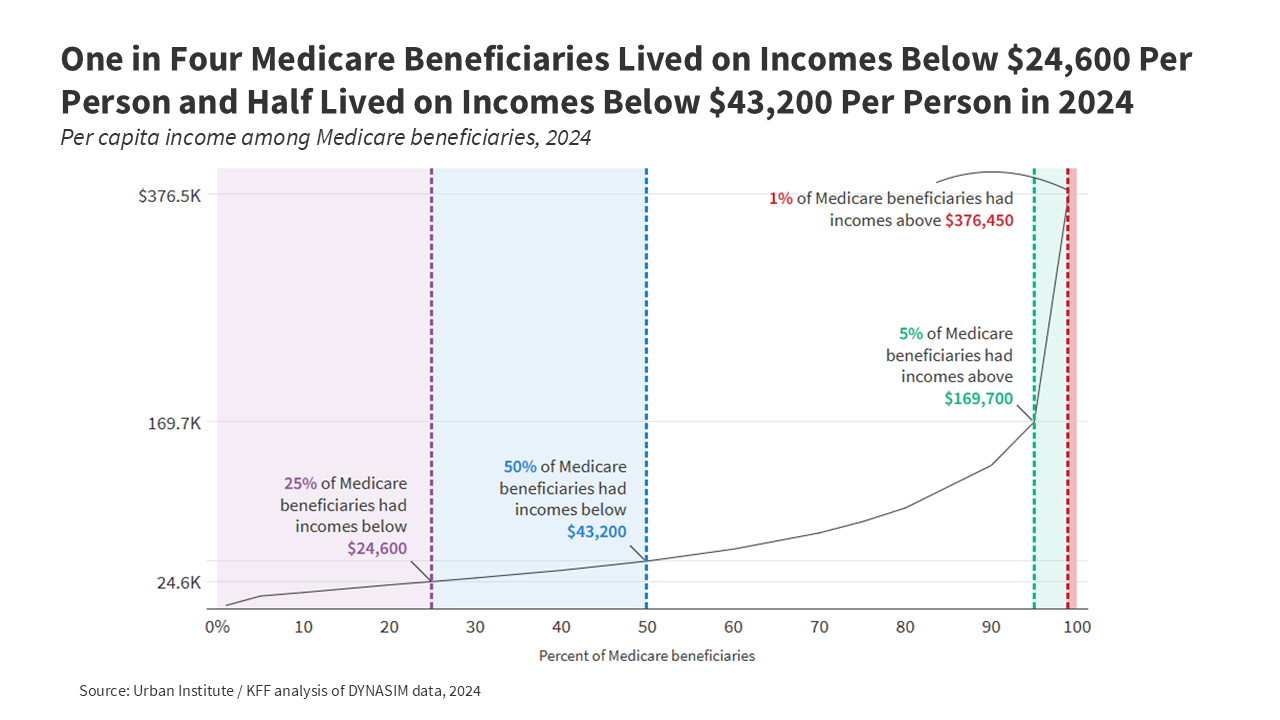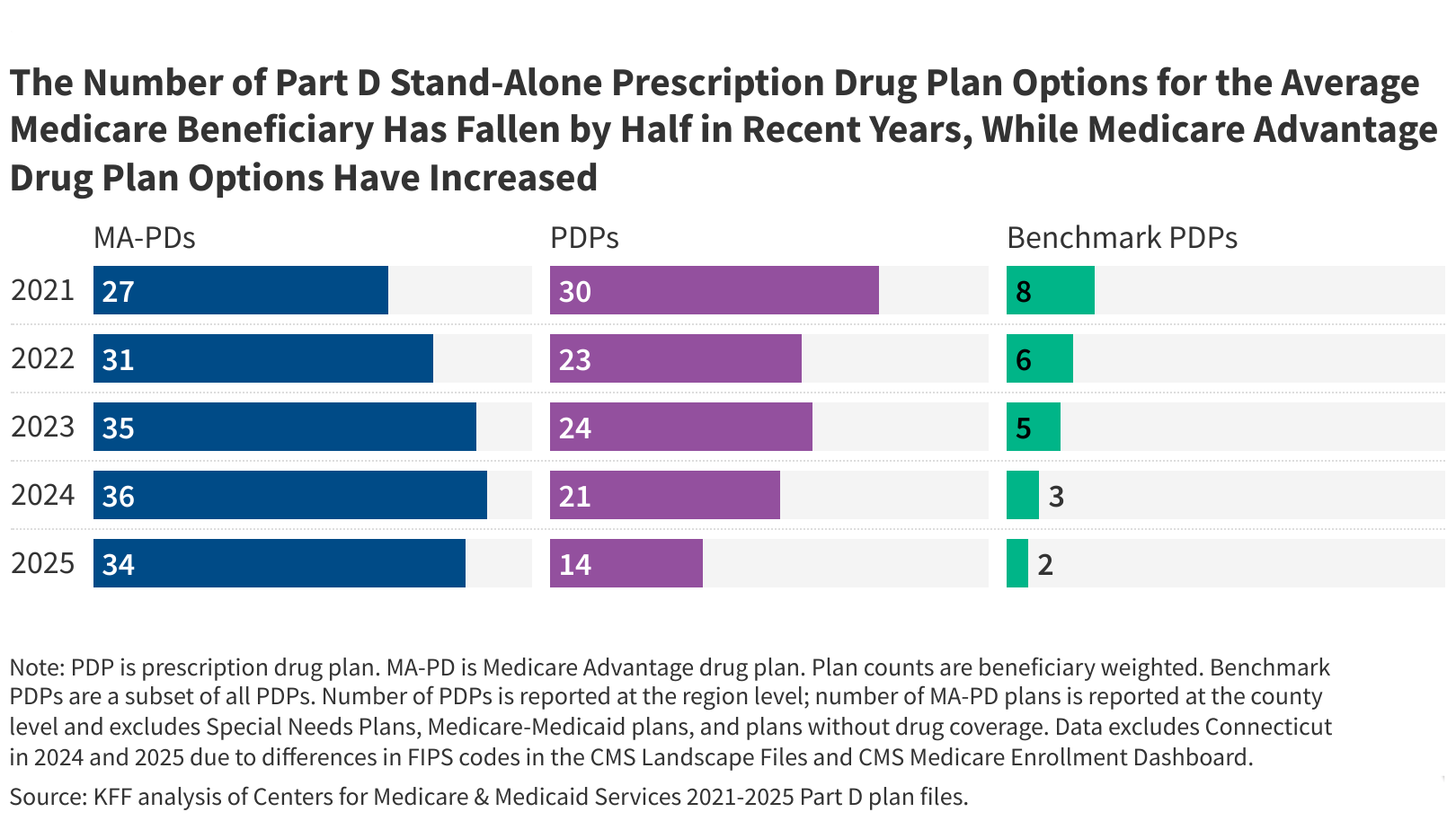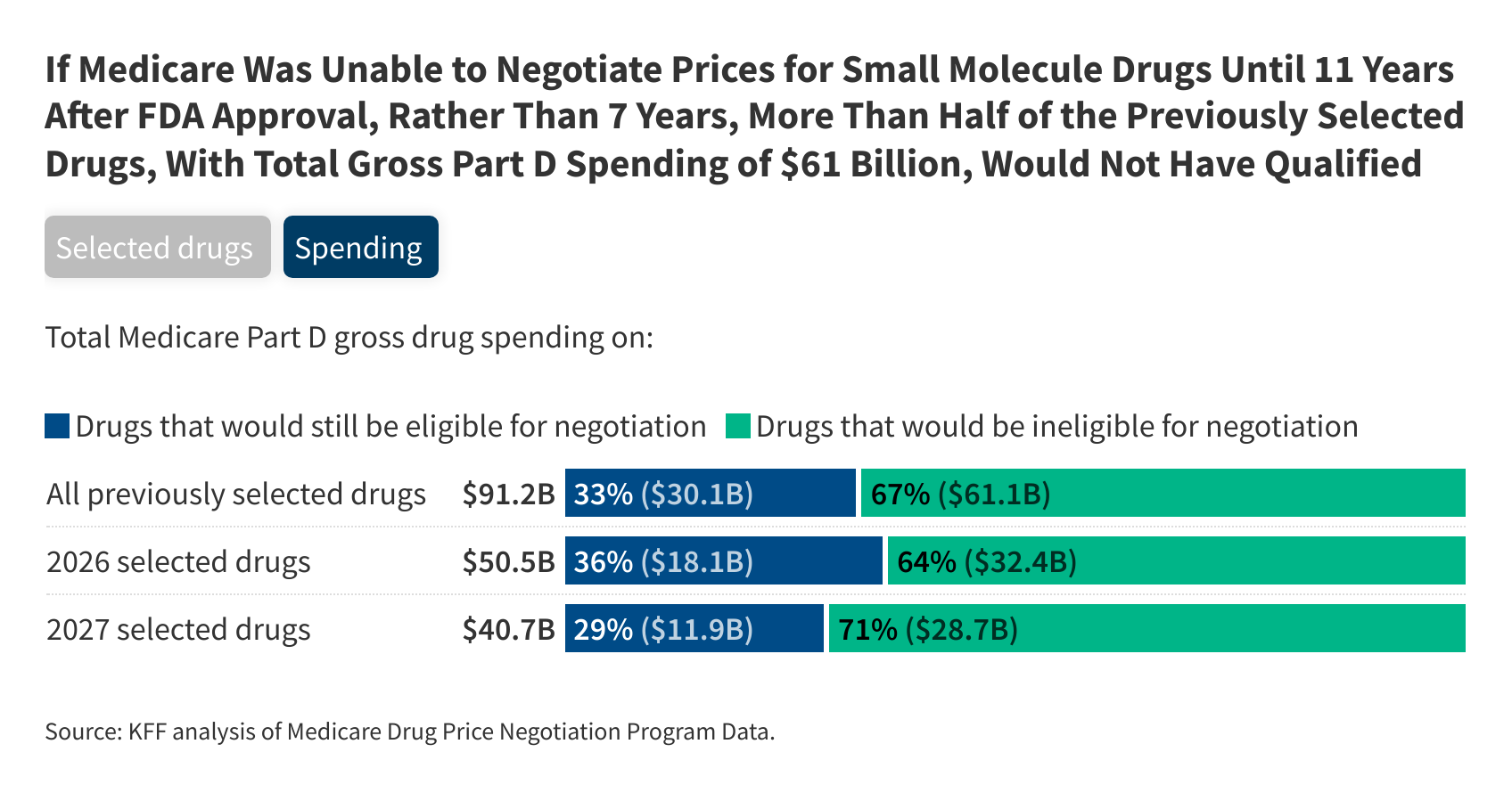A Status Report on Prescription Drug Policies and Proposals at the Start of the Biden Administration
This brief provides a status update on prescription drug final rules advanced by the Trump Administration in its final months related to Medicare, importation, and 340B pricing for insulin and epinephrine, and an overview of key drug pricing proposals related to Medicare and prescription drug prices generally that were voted on but not enacted in the previous Congress that may return to the forefront of health policy discussions in the coming years.
